Pineapple, banana, apple, coffee... These people's most common foods in daily life have been technologically innovative and are now widely used as a sustainable natural textile raw material for the fashion industry. Nowadays, there is an increasing shortage of industrial resources, especially resource-intensive natural fiber materials: cotton, wool, etc.; and petroleum-based fibers such as acrylic, polyester, nylon and spandex can cause serious pollution to the environment. Coupled with the growing population, people are increasingly demanding the quality of clothing, requiring comfort and durability. In this case, the fashion industry is under tremendous pressure to start looking for new alternative textile materials that are more environmentally sustainable. The following selections of these eight innovative and new eco-friendly fabrics come from the natural plants that are common in people's lives. With the help of technology, they are likely to change the future of the fashion industry. First, the lotus fiber Spinning fabrics from lotus fibers is a bit of a fantasy for some Western countries, but in countries such as Thailand and Myanmar, the history of villagers using precious fabrics to weave precious fabrics dates back hundreds of years. This textile process is labor-intensive and time-consuming. After collecting the lotus flowers from the lake, the craftsman cuts the ends of the stems into thin slices and pulls out the long and thin fibers from the center. This work must be completed within three days of cutting, otherwise the quality of the fiber will decrease. The obtained fiber is washed and dried, but finally the produced fabric is extremely luxurious, with a mixed texture of silk and deep linen, and most importantly, it is also very environmentally friendly. Previously reported that Italy's top cashmere brand Loro Piana is one of the high fashion brands that use lotus fabric. Second, coffee ground fiber S.Café eco-friendly yarn is a typical case of sustainable fabric innovation, developed by Taiwanese textile company Singtex. The yarn is woven from coffee grounds and has high strength, UV resistance, fast drying and recyclability. According to Singtex's official website, S.Café yarn technology is treated with low temperature, high pressure and energy saving, blended with coffee ground fiber, which changes the original characteristics of the fiber. Compared to traditional cotton, this yarn has twice the speed of drying. At the same time, the use of coffee slag discarded in the coffee industry as raw material is also more environmentally friendly than cotton. Third, pineapple fiber Can the effect of making leather with pineapple leaf fiber? It sounds unbelievable, but the British textile company Ananas Anman extracted the natural fiber Piñatex from pineapple leaves, which is very similar in texture to leather. This leather substitute was discovered by Dr. Carmen Hijosa of the Philippines, who worked in the leather goods industry for many years and witnessed a serious threat to the environment and ethics of leather goods. Piñatex fiber is made in a different process than traditional leather and does not use toxic chemicals and heavy metals. These two materials are extremely harmful to the environment and the workers responsible for production. Secondly, pineapple fiber does not contain any animal by-products, but uses discarded pineapple leaves as raw materials, which is the best substitute for leather products. The production of Piñatex does not require land, water, pesticides, fertilizers, or waste. Not only that, Piñatex has created new industries for tropical countries such as the Philippines, which produce pineapple trees, and has generated additional income for local farmers. Carmen Hijosa employs local farmers in the Philippines to collect pineapple leaves and extract fiber from them. These fibers are shipped to Spain for processing into non-woven fabrics and are sold worldwide. These non-woven materials and canvas have a similar appearance, including four colors, dark gray, cream, brown, metal gold, hard texture, can be mass-produced, can be processed into shoes, bags, furniture, and even extended to the car after printing and dyeing. ,Aviation sector. Well-known brands Puma and Camper have used this fabric to produce samples. There are also some international companies that have begun selling handbags, boots, flat shoes, etc. made from this material. Recently, the fashion industry's “vegan†trend has arisen. Leanne Mai-lay Hilgart, founder of Vaute Couture, a “vegan†fashion brand, believes that in the future, more and more venture capital and institutional organizations will join the “vegan†fashion. industry. The brand is currently developing a new line using Piñatex pineapple leaf fabric. Fourth, hemp fiber Hemp fiber is one of the versatile natural fibers with a thick, coarse hemp fiber texture. Today, hemp fiber can be blended into a variety of fabrics. In addition, cannabis is a rapidly growing plant that requires less water and does not require herbicides, pesticides, synthetic fertilizers or genetically modified seeds. In contrast, cotton requires more water for growth, longer growth cycles, and lower yields. Freitag Freitag, a Swiss fashion technology company, introduced the eco-classic classic waist and men's jeans. Five Pocket Jeans is made of self-developed F-abric Denim denim – a durable twill woven from linen and hemp. biodegradable. Five, ramie fiber Swiss ramie fiber and yarn supplier SwicoFil said that the application of ramie fiber instead of cotton is a serious threat to the environment in the fashion industry. Ramie fiber has the advantage of warm winter and cool summer. The earliest human history of using ramie to make clothes can be traced back to the late 2000s of the Coldtofte bronze age in Denmark. The fiber is easy to obtain and use, can be blended with other fibers, or can be separately woven into a fabric, and the future application prospect is very bright. Six, banana fiber Making fabrics from banana fiber is not new. In Japan in the early 13th century, people began to extract fabric from the stems of banana trees to make fabrics. But with the rise of cotton and silk in China and India, the technology of making fabrics from bananas has gradually disappeared. Banana fiber is one of the toughest fibers in the world, and this biodegradable natural fiber is very durable. Banana fiber can be made into different fabric textiles according to different weights and thicknesses of different parts of different banana stems. The firm and thick fibers are extracted by the outer sheath, while the inner sheath extracts mostly soft fibers. Seven, apple residue handbag The handbags from the Swiss eco-friendly brand Apple Genie are actually made from apple residues. The brand's founder, Schenker, said she did a lot of work to convince Italian co-producers to produce handbags made from apple residues for her, telling them that this environmental effort is worthwhile. Although many consumers appreciate the creativity of environmentally friendly materials, the use of apples as raw materials is very different from traditional leather and artificial leather. There is a lot of work to be done to turn the apple residue into a material that can be made into a package: The first is to use the flour bag to collect the apple residue that was discarded after the juice was squeezed by people; Then sent to the apple material processing plant in Florence, Italy; Adding dyes and binders to the apple pomace to make the material of the handbag; Eight, environmentally friendly viscose fiber Austrian specialty fabric manufacturer Lenzing (Lanjing Group) has launched a new environmentally friendly viscose fiber “EcoVeroâ€, which is a replacement for traditional viscose and can greatly reduce the environmental impact. EcoVero is made from European wood that is certified by FSC and PEFC, replacing the previous practice of using bamboo and eucalyptus as raw materials. More than 60% of the trees used in Eco Vero raw materials are sourced from Austria and Bavaria to ensure low emissions. The production of this new environmentally friendly viscose fiber will follow three principles: the use of sustainable wood resources, an eco-friendly production process, and a 100% transparent supply chain. Amit Gautam, Vice President of Global Textile Business Management at Lenzing Group, gave a detailed introduction to these three principles: People tend to think of viscose fiber as an independent market. In fact, viscose fiber has formed a multi-level market at the same time. At the top of the sustainable pyramid is the greenest, clean viscose fiber made by a factory, and the bottom layer is the old viscose fiber made by heavily polluting factories that have to be shut down. This type of pollution specifically refers to water pollution, sulfur emissions, and waste of wood resources caused by the discharge of wastewater into rivers. EcoVero, which can be called a green material at the top of the pyramid. Our timber is certified by the Program for the Endorsement of Forest Certification (PEFC) and the Forest Stewardship Council (FSC). In addition, the process of converting wood into fiber is also very important. Our production process focuses on energy conservation, chemicals and water resources. In addition, there is an EU eco-brand (Eco EU Label) certification, which is a very difficult to meet. EcoVero's emissions and water pollution levels are 50% lower than any viscose fiber found on the market. Eco-European brand certification only grants products that have a significantly reduced environmental impact compared to similar products on the market. The third principle is the transparency and traceability of the supply chain. If you don't do this, the first two steps don't make any sense. We have already reformed the manufacturing process. Guarantee the quality and environmental characteristics of EcoVero viscose for brands and retailers. Indoor Leather Slippers,Men Leather Slippers,Leather Slip On Slippers,Mens Soft Leather Slippers GUANGZHOU ANAX FASHION SHOES LIMITED , https://www.anaxleathershoes.com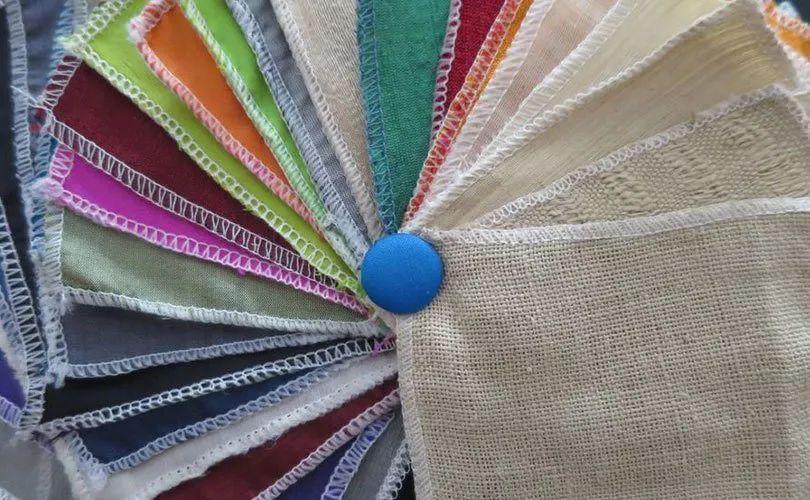
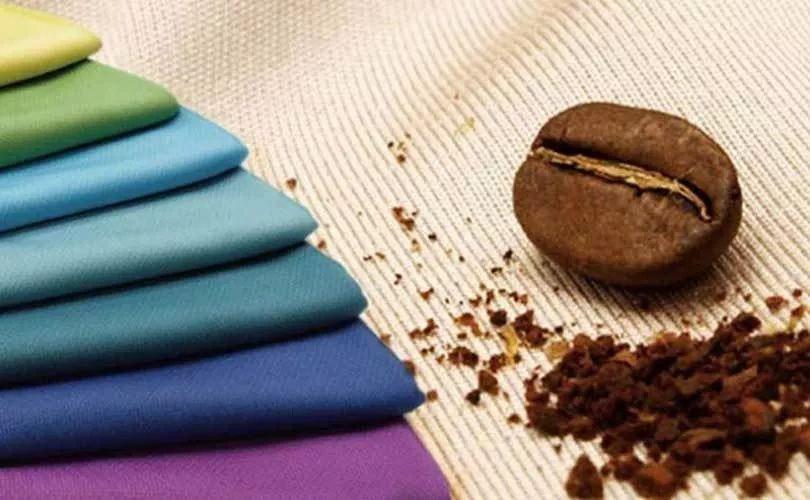
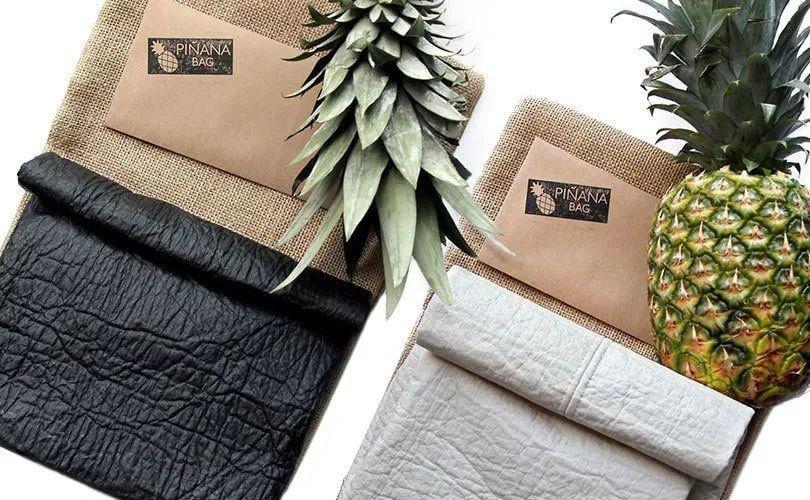

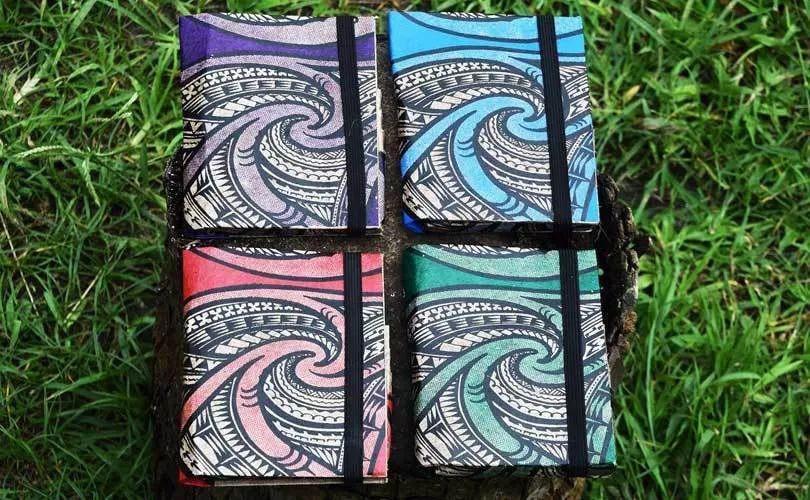
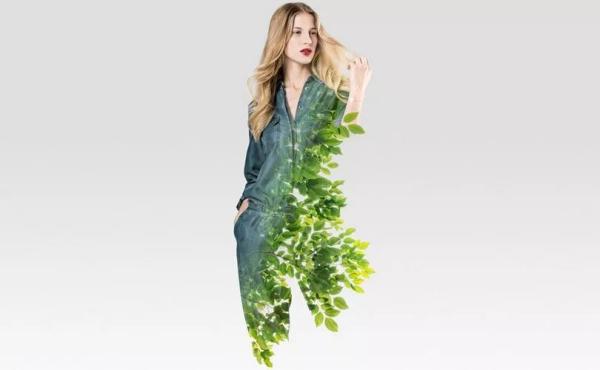
January 12, 2024